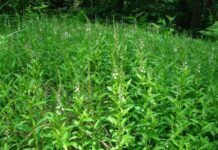When it comes to Mu Cang Chai, people often think of the majestic terraced fields, the spectacular winding roads, and the peaceful villages nestled in the mountainside. However, few know that this place is also home to a particularly beautiful flower that blooms with the arrival of spring, infusing new life into the highland plateau – the to day flower.
1 All About the To Day Flower
The To Day Flower, also known as the Wild Peach Blossom, is a woody flower that typically grows on the slopes and high mountainsides. During January and February, as spring begins to creep into every mountain crevice and village, the To Day flowers start to bloom. The delicate pink petals, gently layered, form vibrant clusters, adorning the mountains with a radiant touch.
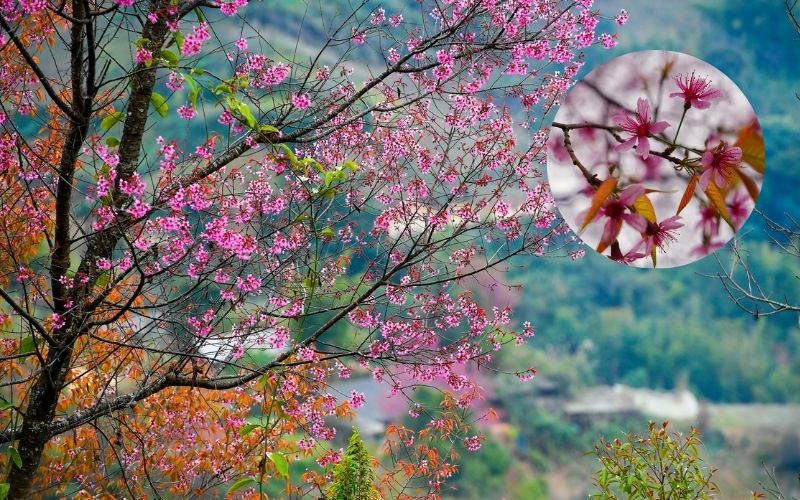 All About the To Day Flower
All About the To Day Flower
2 The Pristine Beauty and Vigorous Life of the To Day Flower
The To Day flower possesses a vigorous life force. Even when the branches are bare and stark after the cold winter, the To Day stretches forth to display its colors, defying the mountain chill. Its delicate petals seem to embrace spring, adding a touch of liveliness to the landscape.
The To Day flower captivates not only with its color but also with its subtle, soothing fragrance. This scent permeates the mountains, creeping into every village, bestowing a sense of peace, tranquility, and vitality upon its inhabitants.
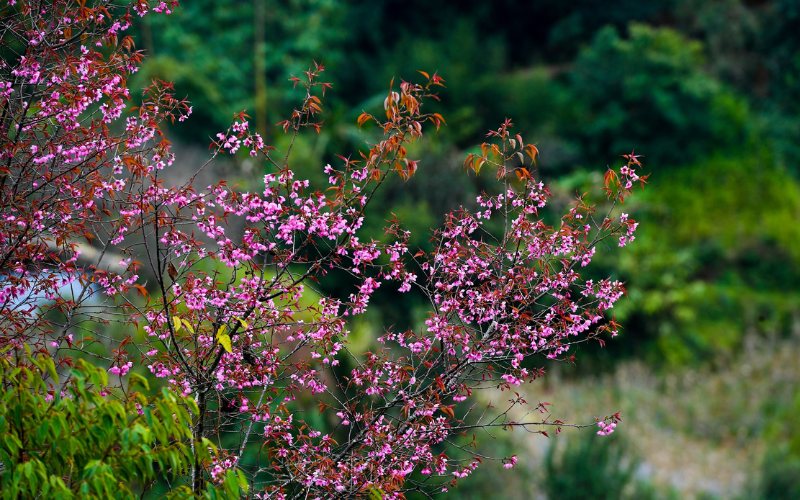 The Pristine Beauty and Vigorous Life of the To Day Flower
The Pristine Beauty and Vigorous Life of the To Day Flower
3 Admiring the To Day Flower in Mu Cang Chai
The To Day flower is not just a beautiful sight but also a symbol of spring in Mu Cang Chai. When the To Day flowers are in full bloom, it signifies the arrival of a new spring, bringing joy and hope for a prosperous and happy life to the locals.
During the To Day flowering season, Mu Cang Chai dons a new robe, vibrant and splendid. The mountainsides and valleys are adorned with a hint of pink, creating a breathtaking natural painting.
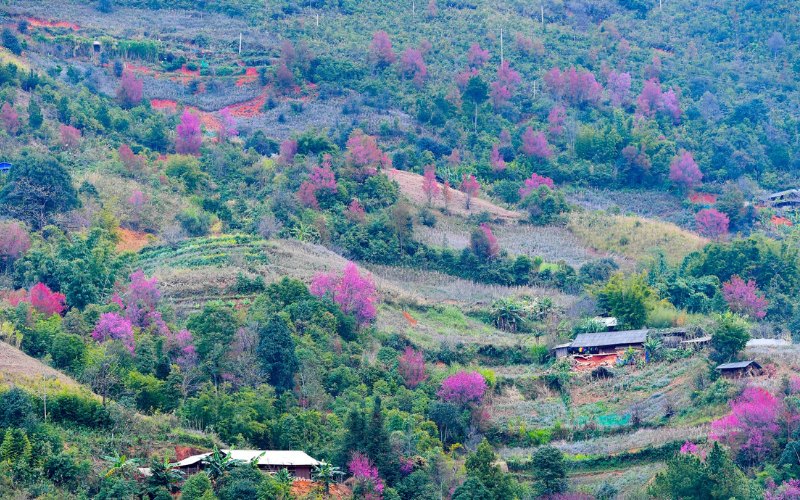 Admiring the To Day Flower in Mu Cang Chai
Admiring the To Day Flower in Mu Cang Chai
The locals, too, celebrate the arrival of spring with joy and enthusiasm. They organize festivals and flower markets to welcome the new season and rejoice in the beauty of the To Day flower together.
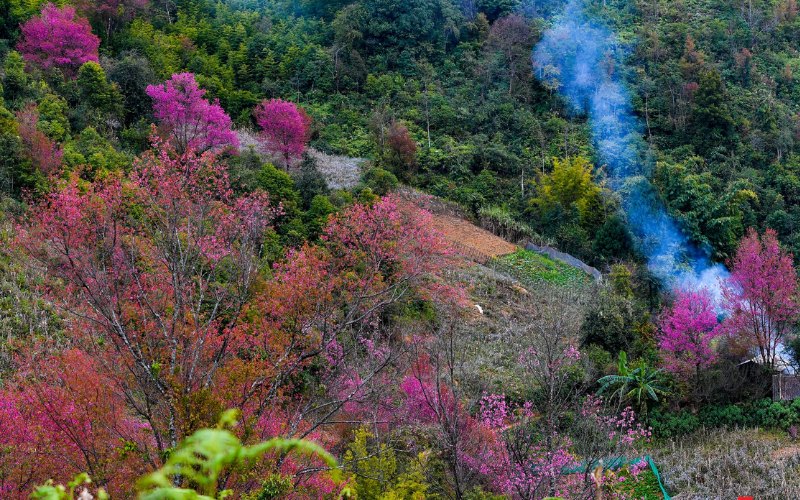 The To Day flower is a precious gift from nature to the people of Mu Cang Chai
The To Day flower is a precious gift from nature to the people of Mu Cang Chai
The To Day flower is also a precious gift from nature to the people of Mu Cang Chai. From these flowers, the locals can create delicious dishes, imbued with the unique flavors of the mountain spring.
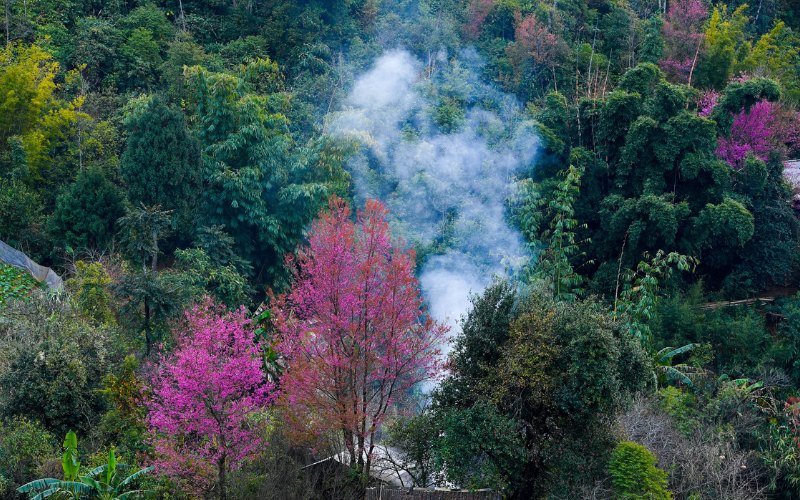 The To Day flower symbolizes luck, abundance, and peace
The To Day flower symbolizes luck, abundance, and peace
The To Day flower is a symbol of luck, abundance, and peace. Locals believe that having a branch of the To Day flower in their home during the Tet holiday will bring good fortune and success in the coming year.
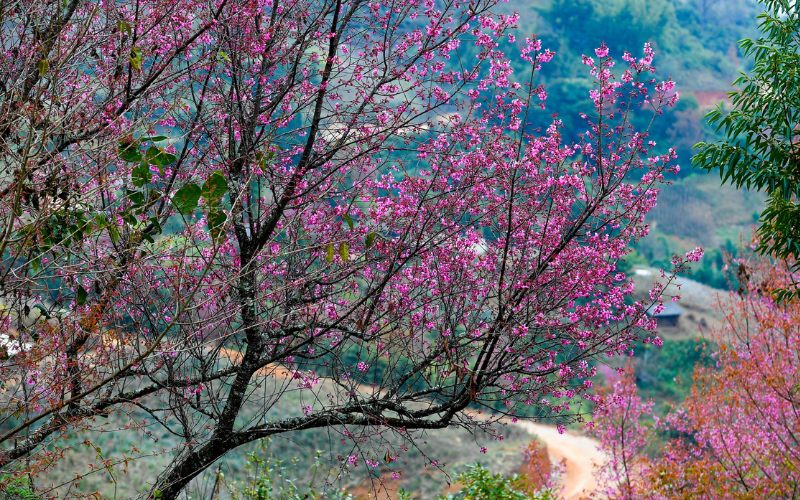 The To Day flower is also a unique cultural beauty of the Northwest highlands.
The To Day flower is also a unique cultural beauty of the Northwest highlands.
The To Day flower is also a unique cultural beauty of the Northwest highlands. It is often used in rituals and festivals by the local people. The To Day flower serves as a link between humans and nature, expressing gratitude for the earth’s bounty.
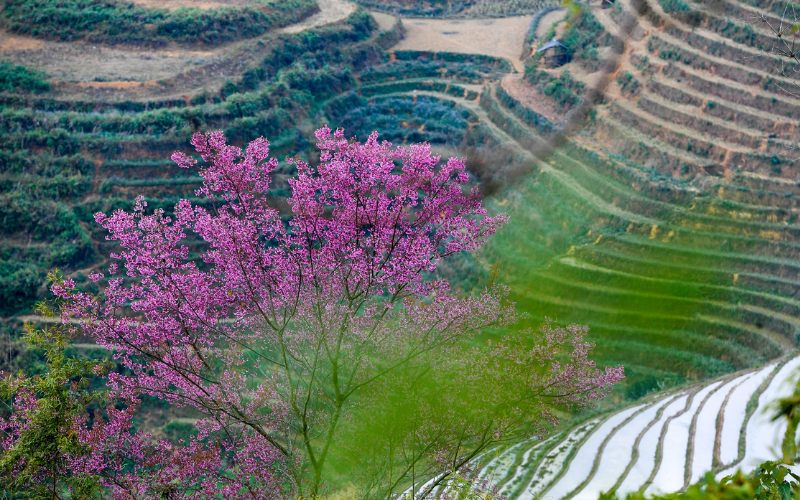 The beauty of the To Day flower has attracted tourists from far and wide to Mu Cang Chai
The beauty of the To Day flower has attracted tourists from far and wide to Mu Cang Chai
The beauty of the To Day flower has drawn tourists from near and far to Mu Cang Chai. Witnessing the bloom of the To Day flower has become one of the appealing activities for visitors who come to Mu Cang Chai during the spring season.
The above information compiles the season of the To Day flower blooming, painting Mu Cang Chai in pink. To not miss this wonderful moment, plan your trip to Mu Cang Chai today!

























